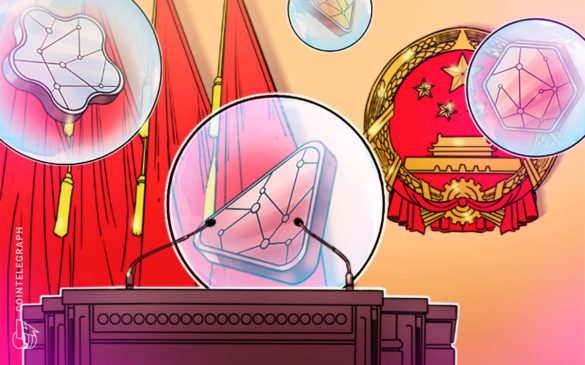On May 15, the Supreme People’s Procuratorate of the People’s Republic of China — the national agency responsible for legal prosecution — shared its thoughts on the nonfungible token (NFT) market. In an article, three authors outlined the prosecutors’ vision of the market risks and the reasons to enforce them more actively.
The article pays attention to the tendency of “securitization” of NFTs, i.e., the shared ownership of one copy by multiple users, which, in the authors’ opinion, no longer corresponds to criteria of non-reproducibility, indivisibility and uniqueness.
Among other threats, the prosecutors see the “inflation of prices” on NFTs triggered by marketing methods such as airdrops, blind boxes and limited sales. Taking the ambitious breed of esthetic and economic analysis, the authors mention a lack of “artistic beauty” and “reasonable pricing mechanism” behind the inflated prices of some non-fungibles. According to the agency, marketing models such as rewards and dynamic rights and interests can also easily evolve into illegal pyramid schemes.
Related: Chinese city public servants to receive digital yuan salaries starting May
The proposed reaction to these risks includes a “crackdown on criminal activities”, equal emphasis on punishment and governance and investment in risk research and law popularization. Going by the article, it is the national prosecutors who would take on a mission to separate a “true innovation” from the “pseudo” one and protect the former one.
China has not changed its anti-crypto stance even despite the steady progress in crypto adoption by Hong Kong. Moreover, the country seems to take the same hostile approach toward Artificial Intelligence (AI). In early May, a suspect was detained by local authorities and arrested in the Gansu district of China after allegedly using ChatGPT to generate fake news stories.
While the NFT market “has certain potential”, it bears financial, security and “legal” risks, as Chinese prosecutors believe. Hence, the market needs not only comprehensive governance but a crackdown on “pseudo-innovation.”



